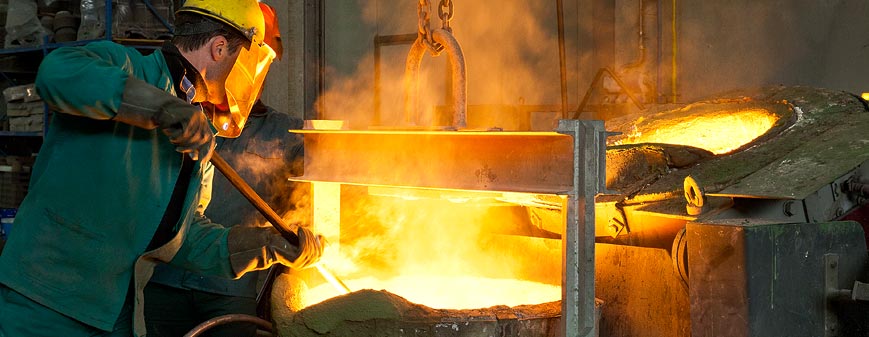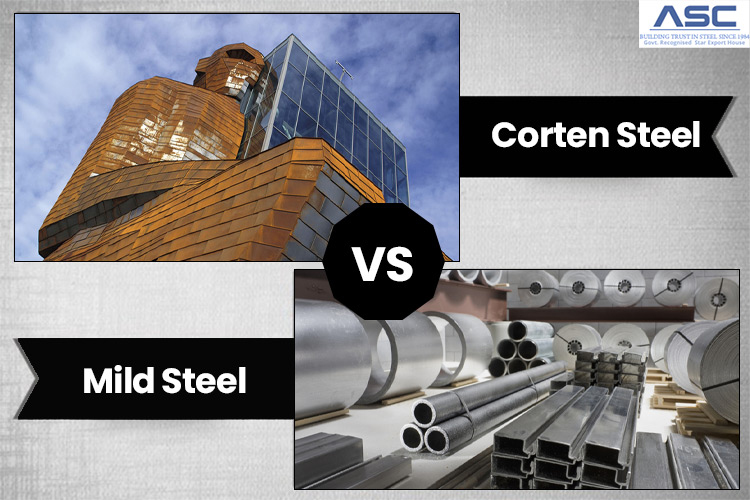Alloy Steel P91 - A Brief Guide
by Dinesh
Posted on July 13, 2021 at 01:43 PM

For past decades, the power of the industry standard materials has gained a lot with advancement in technology. T91 grade material or P91 is one of the standard materials suitable for higher temperature applications. Normally, steam leaving superheater having the modern capacity boiler at 570 °C to 600 °C mainly ranges from 170 bar to 230 bar. The last stage in this superheater will be carried in the pipes and steam to the turbine to easily withstand the extreme conditions. It requires main materials with extensive strength and properties and it does not deteriorate with the time with enabling the creep resistance. Strength-Enhanced Ferritic Steel (CSEF) along with the advanced Chromium-Molybdenum Steels has been widely used across the world and it has number of applications to the maximum. Increase the efficiency of advanced materials having superior material properties even at the high temperature.
Why P91 is different?
Advanced chromium-molybdenum pipe with tubing option is enabled with more features that include 9 CrMoV, boron-enhanced materials, and tungsten. These Grades includes 92, 122, E911, 23, 24 and more. According to the P(T)91 that the CSEF steels are different so it mainly requires the significant usage with more attention. With the higher amount of chromium, the steel is quite a different material that is highly used for many numbers of applications. Grade 91 mainly has the 9% Chromium with 1% Molybdenum when compared to the .5 % Chromium. P22 Grade is next best option for enabling more number of applications to the excellence. Chromium mainly improves the higher temperature strength with increased oxidation resistance. In fact, the Molybdenum mainly increases creep resistance so that it would conveniently be useful for enabling the higher quality of Manganese and Nickel that would increase the hardness of steel to the maximum.
Get Alloy Steel P91 from Amardeep Steel
Amardeep Steel offers top-quality Alloy Steel P91, known for its strength and heat resistance. It’s perfect for high-pressure and high-temperature environments.
Alloying elements:
For the formation of alloy steel, alloying elements are widely used so that the steel is mainly formed at the normalized temperature of about 1050 °C and cooling to about 200 °C. Later, the metal will be tempered at the heating point of 760 °C. Normally, temperatures and cooling rates are quite important. It would also produce the microstructure that efficiently results in higher creep strength properties.
Advantages of P91:
SA 335 P91 or SA 213 T91 is the ultimate Ferrite Alloy steel that meets the extensive condition. Normally, the materials are used in many numbers of successful power plant service. Metal is also called as the 9 Cr 1 Mo steel with more composition. T22 or P22 grade is its predecessor but the Grade 91 mainly exhibits with the higher strength of temperature in the range of about 600 °C. Oxidation temperature mainly limits to higher features so it also effectively allows power plant designers to extensively engineer the components. In fact, it also effectively allows power plant designers for easily engineering the components with superheater coils, steam piping and headers as it mainly has less thickness. The metal also contributes higher thermal fatigue life that is ten times stronger when compared to other metals in much excellence. It also effectively allows to increase operating temperature at the higher level and increased efficiency at the power plant.
Normally, Alloy steel is not tolerant based on variations in the microstructure when compared to the P22 grade and other grades. Alloy steel is available in the difference that mainly contains the amount of carbon and iron. These are like the carbon steel along with it has other elements. Elements used in the Alloy steel mainly add manganese, silicon, chromium, vanadium, boron, and nickel. With more number of value composition about elements that are presented based on different ranges with more properties in the alloy steel. Normally, usage or application of alloy steel is to acquire the well-determined physical properties of the steel. The alloy steel falls into 2 types that include low alloy steels and high alloy steels. The Alloy steel is considered as the high alloy properties with the amount of the included elements belongs to the level of 8%. When these elements are combined with the range that is perforated in the below 8% value then it is called as low alloy steel. Low alloy steel is only used in most of the factories.
Alloy Steel P91 is manufactured based on precision and strict industry standard that mainly follows the heat treatment requirements. It is also reported that the failures of base materials are completely based on the different stages of usage. Alloy Steel P91 mainly used for different application with the extensive precision manufactured that are also complete reinstate with the microstructure to the high excellence. Alloy Steel P91 has properties much lower when compared to the predecessor P22. The effect of variation based on treatment on properties would be quite easier to analyze but it is not in the suitable for P91. Fabrication with construction phase mainly affects microstructure with reversed by precise heat treatment. In fact, it also brings microstructure back to original size and shape to the excellence. Alloy Steel P91 is decided based on tanker linings with complete prevalent consumption protection with high return quality and it also efficiently adds structures. With the variety of welding consumables along other national specifications enabled, P91 materials are widely used across for different aspects.
Welding P91:
Steel Welding is one of the best process is always use in any industries across the world. of course, this process are critical for P91 grade in affects the microstructure temperatures, post-weld heat, maintaining inter-pass temperatures, and etc.
Moreover, the thick wall pipes are using this induction system is good method. However, the heating process gives the better control includes inner and outer diameters. This ideal maintains for inter-pass temperature and carries out the welding alloys the steel as well as heating the coils is best process. The nickel and manganese content through the same percentages having effects of profound decides at heat treatment temperatures and cooling rates. Moreover, the composition of the welding electrodes used by this line with the parent material.
Effect of Water:
The Un- heat steel treated with great affinity to Hydrogen. Hydrogen causes stress the corrosion cracking with more heat water level. In fact, the preheating has properly removed ay any moisture. the post weld heat treatment has done quickly as possible to avoid the any contact with water as well as weld heat treated prior to hydro test. there are complicated geometries of result in treatment desired throughout the cross sections.
P91 Alloy Steel Pipes are excellent for a variety of applications. It is most frequently used in the power industry and petrochemical facilities. Seamless P91 Alloy Steel Pipes Amardeep Steel Center is one of the most renowned manufacturers, suppliers, stockists, and exporters of these pipes, which are mostly utilized in high-temperature applications.
P91 alloy steel pipe is part of ASTM A335, and it must be bendable, fusion welding, flanging, and similar shaping procedures Chemical composition, tensile property, and hardness must all be met by the steel material. P91 generally allows for at least a 2-to-1 reduction in wall thickness. Thinner walls result in lighter hanger loads, shorter welding times, and reduced filler metal usage.
The high chromium content of this steel enables these benefits. The next best P22 grade has 2.5 percent chromium and 1% molybdenum, whereas Grade 91 has 9 percent chromium and 1% molybdenum.
P91 is a chrome-moly alloy metal that is extremely strong and resistant to heat. It is a creep strength enhanced ferritic that is designed for increased creep strength (CSEF). Normalizing at 1050 °C, air cooling to 200 °C, and tempering at 760 °C are the steps used to create this metal. P91's creep strength and durability are primarily due to this procedure.
FAQs
1. What is P91 steel material?
P91 is a chrome moly alloy metal that contains excellent strength and temperature resistance. It is designed for enhanced creep strength, making it a creep strength-enhanced ferritic (CSEF).
2. What is the difference between P9 and P91 material?
The Alloy Steel P9 Pipes Equivalents are SA335 P9, S50400, 2604 II TS38, STPA 26, and 3604 P1 629-470. The primary difference between a335 p9 and p91 materials is in their chemical composition. The P91 material has an added element in the alloy, which is vanadium.
3. Is P91 high alloy steel?
P91 is a chrome moly alloy metal that contains excellent strength and temperature resistance. It is designed for enhanced creep strength, making it a creep strength-enhanced ferritic (CSEF). This metal is made by normalizing at 1050 °C, air cooling to 200 °C, and then tempered through heating to 760 °C.

Difference between low-alloy steel & high-alloy steel
In general, there are certain variations occur between low alloy steel and high alloy steel. Low alloy steel is nothing but alloy steel whereas the high alloy steel is stainless steel with alloy mixture.

